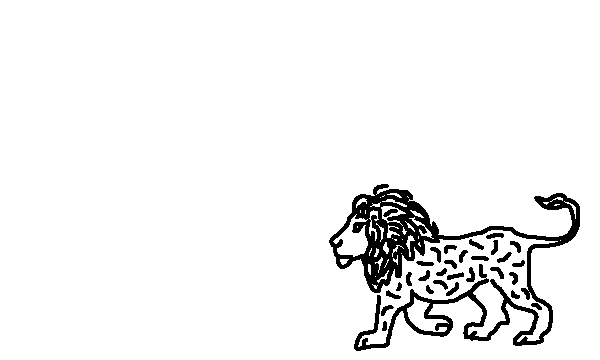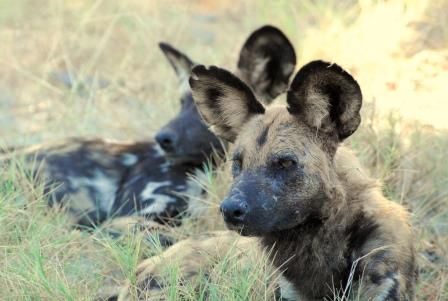The Botswana Predator Conservation Trust (BPCT) has been studying African wild dogs in Northern Botswana since 1989. Wild dogs are wide-ranging and commonly come into contact with livestock, being persecuted as a result. However, wild dogs are also territorial and advertise their presence in an area using scent marks. Our team at BPCT hopes that by understanding wild dogs’ natural scent marking behaviour and its chemistry, we may be able to replicate the scent marks of neighbouring packs, and deter dispersing wild dogs from settling in areas with high potential for human-wildlife conflict.
The development of this biologically-relevant boundary, or “BioBoundary”, took a step forward recently with recent research conducted by Dr Neil Jordan and colleagues published in the journal Animal Behaviour. This work showed that the scent-marking behaviour of the dominant pair in a pack likely functions to advertise the presence of a mated pair. Extensive field observations allowed the team to show that dominant wild dogs alternately place their scent-marks on top of each other’s in a repetitive sequence which results in a layered “tandem-mark”. Each member of the pair is more likely to place its mark over their partner’s scent than the scent of other dogs, and do so with stereotyped raised-leg postures. This sequence of behaviours can be easily observed when watching a pack of wild dogs, where the dominant pair clearly invest more time in scent-marking together than the other members of the pack.
Ordinarily, the male completes the marking sequence, possibly advertising his ‘ownership’ of the female in this way. Importantly though this strategy falls away when the pair are not reproductively viable (related), suggesting that it is possibly a message of pair-bonding and pack stability. Tandem-marking may therefore be a key message for would-be intruders. When a dominant wild dog dies, there is often a period of transition (a breeding opportunity) before new unrelated individuals immigrate into the area. During this time a subordinate steps into their shoes, and ‘tandem marks’ with their relative. The research team found that in these situations, the dominant female was more likely to leave the last scent-mark than they were in an actual breeding pair, and these unpaired females did so by actively sneaking away from their related males to scent-mark alone and leaving her signal indicating “I’m available” like a notice on a singles/dating website. This result, and others suggests that related males and females in groups with no reproductive pair scent-mark competitively to advertise their own status, rather than a combined signal that identifies a mated pair. Interestingly, these results also suggest it may be possible to identify the pair bonding of a male x female pair by observing the details of how they scent mark with each other. As a rule of thumb, if the marking bout in the same place contains more than three marks from each of the pair, and the dominant female “has the last word”, it is likely that they are related to one another!
These findings have helped our team better focus our energy on dominant ‘tandem’ marks and the chemical compounds within them. These almost certainly hold the key to replicating a viable, already pair-bonded, resident wild dog pack. Being able to synthetically produce these in areas of high potential conflict with livestock and humans may provide the key to securing their future.
To read the original research article “Top marks from top dogs: Tandem marking and pair-bond advertisement in African wild dogs” recently published in Animal Behaviour click here.

Written by
Krystyna Golabek, PHD


Dive straight into the feedback!Login below and you can start commenting using your own user instantly